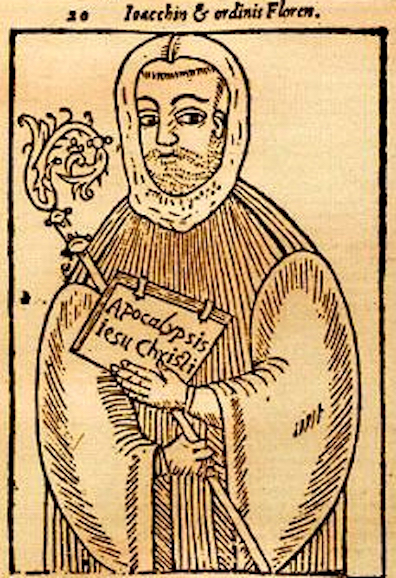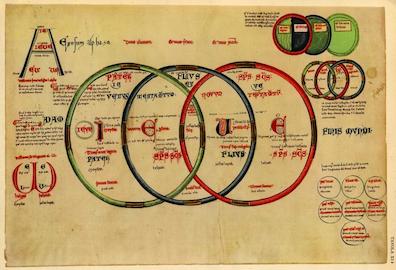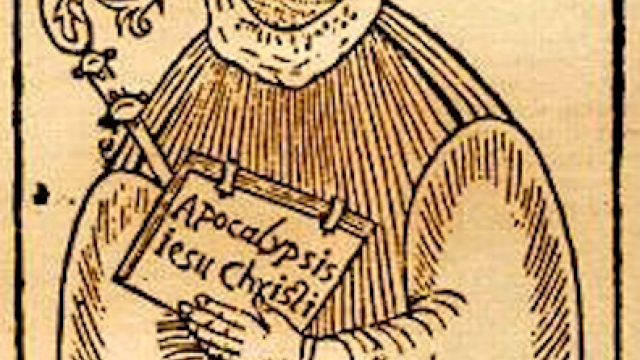Click to join the conversation with over 500,000 Pentecostal believers and scholars
Click to get our FREE MOBILE APP and stay connected
| PentecostalTheology.com



Read Moreexpand_more
Joyce probably took the honorific “Abbas” from a book he found in Marsh’s library, though he could also have encountered it in Dante’s Paradiso 12.140. The book that Joyce read in the library was one in a series of manuscripts and printed texts produced from the late 13th century onward, filled with prophecies concerning a series of popes from Pope Nicholas III (in the 1270s) onward. These books had titles like Vaticinia Pontificum (Prophecies of the Popes) or Vaticinia de Summis Pontificibus, and at some point in the 15th century they became attributed to Joachim.
Joyce apparently connected Joachim with Jonathan Swift (“Abbas father, furious dean, what offence laid fire to their brains?“) because they are associated in “The Tables of the Law,” a story published in 1897 by William Butler Yeats. Thornton notes that Stephen Hero records Stephen’s reading of the story, and Gifford observes that the story’s protagonist, Owen Aherne, believes in Joachim’s prophecies and connects their fervor with Swift’s. The relevance of the Yeats story was first noted by Joseph Prescott in “Notes on Joyce’s Ulysses,” Modern Language Quarterly 13 (1952): 149-62.
Joachim’s “fading prophecies” innovated on the linear, teleological understanding of history established early in Christian doctrine, and on the figural aspect of that historiography developed in the Middle Ages, which saw biblical events as “figures” or “types” predicting later events. For instance, theologians saw the Jews’ 40 years of wandering in the wilderness, narrated in Exodus, as prophetically anticipating Christ’s 40 days in the desert in Matthew and Luke, in a richly significant patterning scripted by the divine artificer. (Jesus instructs his disciples in these historical predictions of his life at Luke 24:27.)
Joachim remade this typological historiography in a Trinitarian image. The times represented in the Old Testament (from the Creation until Christ’s birth) constituted the reign of the Father, when mankind was subject to the divine Law of the Ten Commandments. The times from the New Testament era through Joachim’s own (until 1260 AD) constituted the reign of the Son, when human nature was joined with divine nature through faith in Christ and his new law (Love your neighbor as yourself). Future times would fall under the reign of the Holy Spirit, when mankind would have direct contact with God and follow a new law. Each age manifested the divine purpose for humanity more perfectly than the last.
In the coming age of the Holy Spirit, ecclesiastical hierarchy would disappear, and Christians would find common purpose with Muslims. The mystical meanings of scripture would be understood intuitively, rather than by parsing inferences from the literal sense of the texts. And human beings would, at last, realize the radical freedom and love prophesied in the gospels. It is easy to imagine how Stephen would have been intrigued by this apocalyptic thinking, given his interest in Blake. But Joachim’s prophecies seem to be “fading” not only on the page, but also in Stephen’s hopes, as he comes to terms with the dreary and unimproving course of human history.






Most Talked About Today